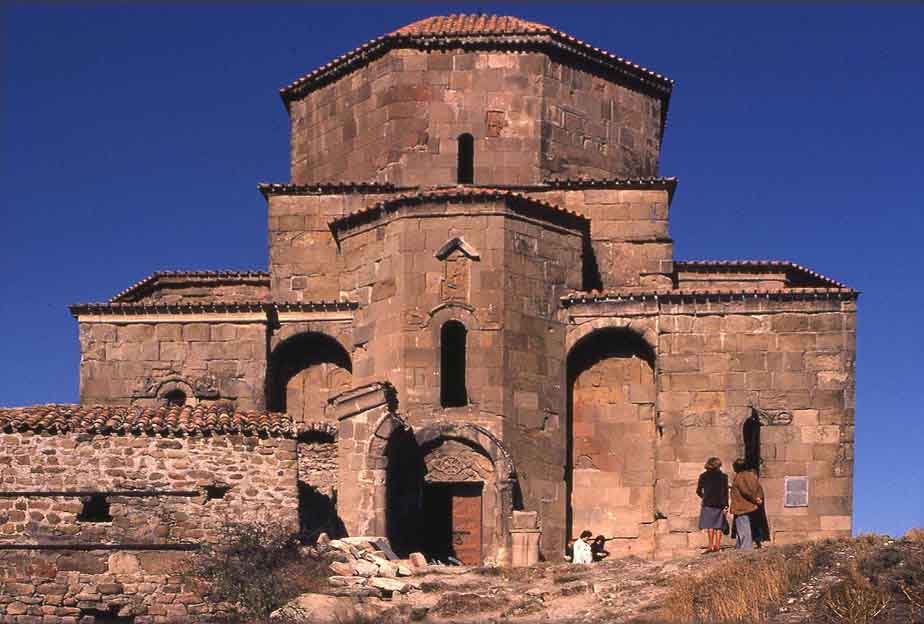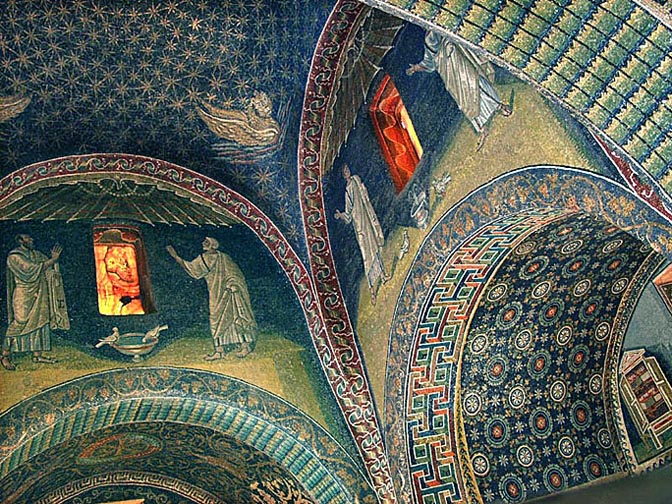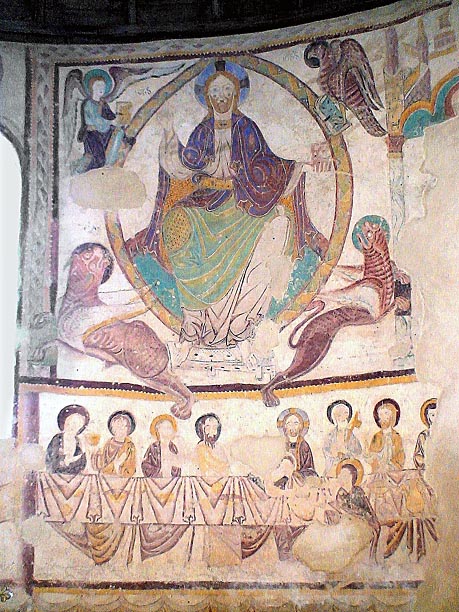A History of Romanesque Architecture 300 - 1300 - A History of Romanesque Architecture 300 - 1300 (sitios de interés)
Descripción del sitio
This marker is part of an illustrated Survey of Romanesque Architecture, 300 to 1300 AD. To see and read all comments you have to download the post to your hard disk.The objective of this Post is to present a survey of "Romanesque" architecture which brings together over 250 churches and cathedrals from the earliest beginnings of Christian architecture to the Gothic. Each example is illustrated with the best images I could find.
This period of Art History is amply documented in innumerable treatises and table-top books, why add another illustrated review? The answer becomes immediately apparent when one downloads the entire Post and expands it in Google-Earth.
In contrast to the customary organization of architectural history by countries this post is arranged in chronological order. The geographical locations are given by the GE map. This allows one to compare the development of different architectural styles in time and space. It leads to the "discovery" of, for instance, the seminal character of the architecture of Syria, Armenia, Georgia, Byzantium, the Goths in Spain, the 336 excommunicated heretic Ariani-Christians, and the Anglo-Saxons in England.
Two styles of early Christian architecture originated in the East in the 3rd-4th cent.: a Basilica and a centralized Cruciform Church. The Basilica derived from Roman provincial palaces in Syria and elsewhere, hence the designation of "Romanesque Architecture". Because of the need of the large western congrations the Basilica spread West.

Syria, the basilica of Kharrab Shams, (372). Photo by Raki_Man, Panoramio
Several of the most beautiful early basilicas are found in Ariani-Christian Ravenna.

Interior of St. Appolinare in Classe 549.
Photo from vito buccellato, Panoramio

Interior of the Aghia Sophia.
Photo Wikipedia

Djvari Mtskheta (Tbilisi), St. Nino's church, 6th cent.
Phhoto RWFG.

Mausoleum of Galla Placidia 430 AD. The window panes are thin alabaster slices! Photo RWFG

Mozarab frescoes in the hermitage of San Baudelio de Berlanga (early 11th cent)
Photo by VICMAEL, Panoramio

Christ in Majesty.
Photo Wikipedia.
RWFG, August 2008.